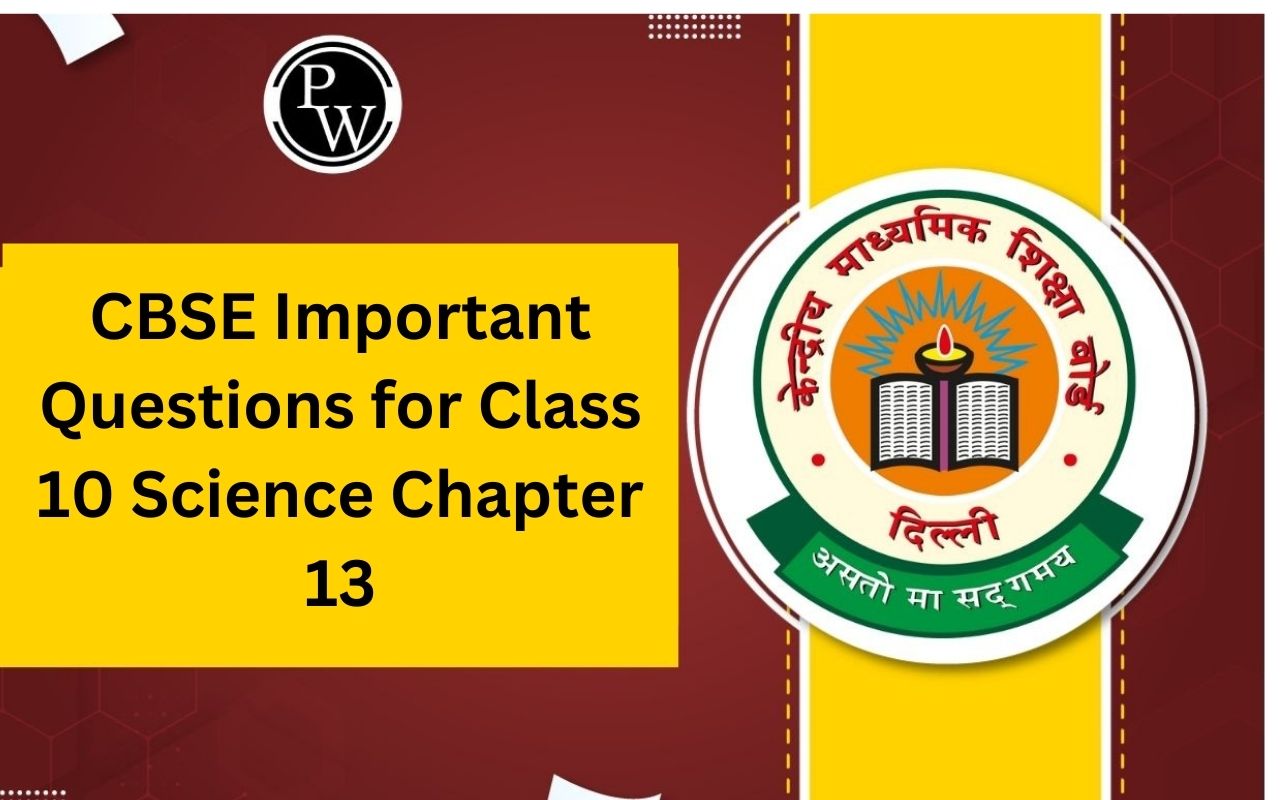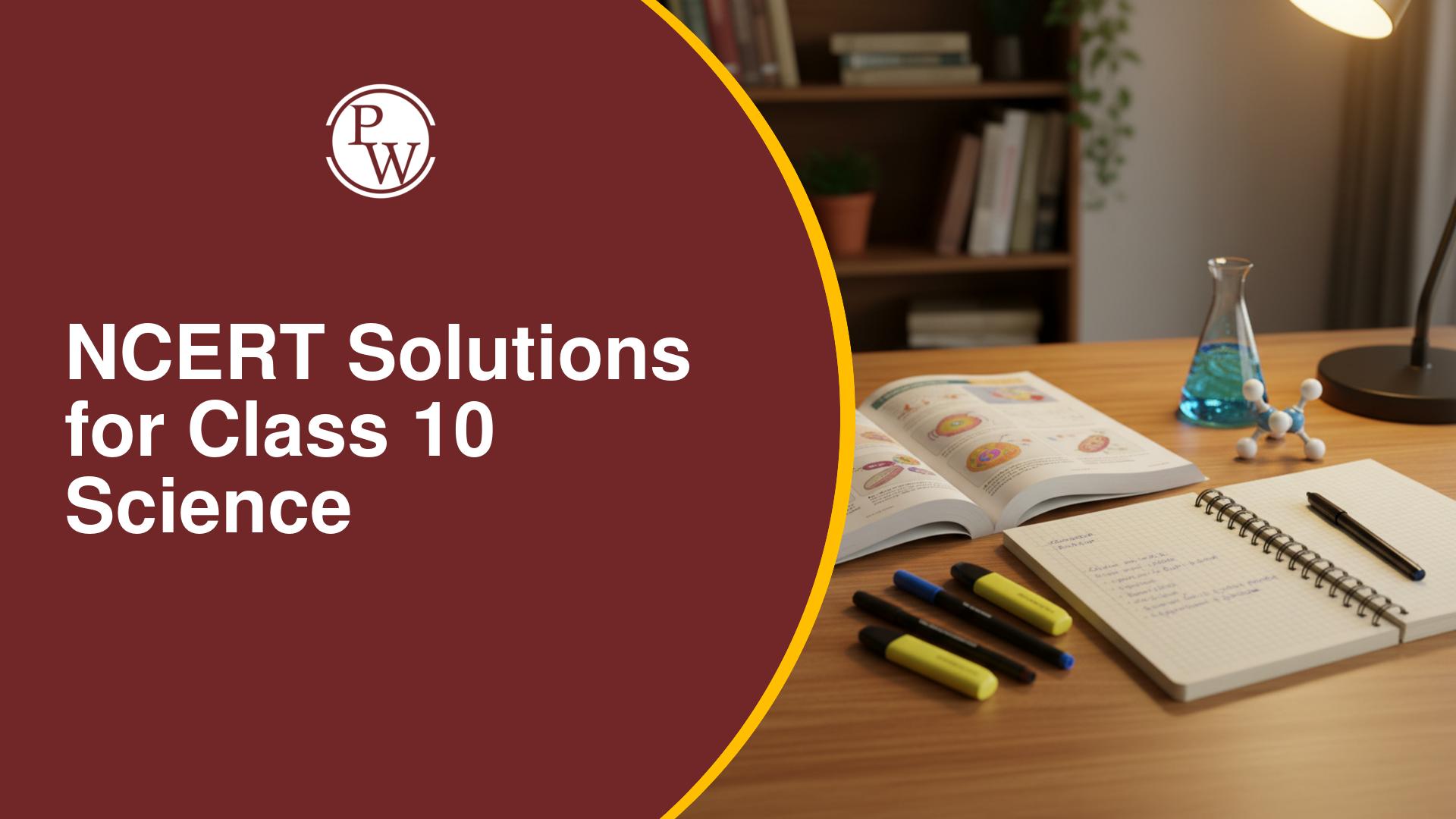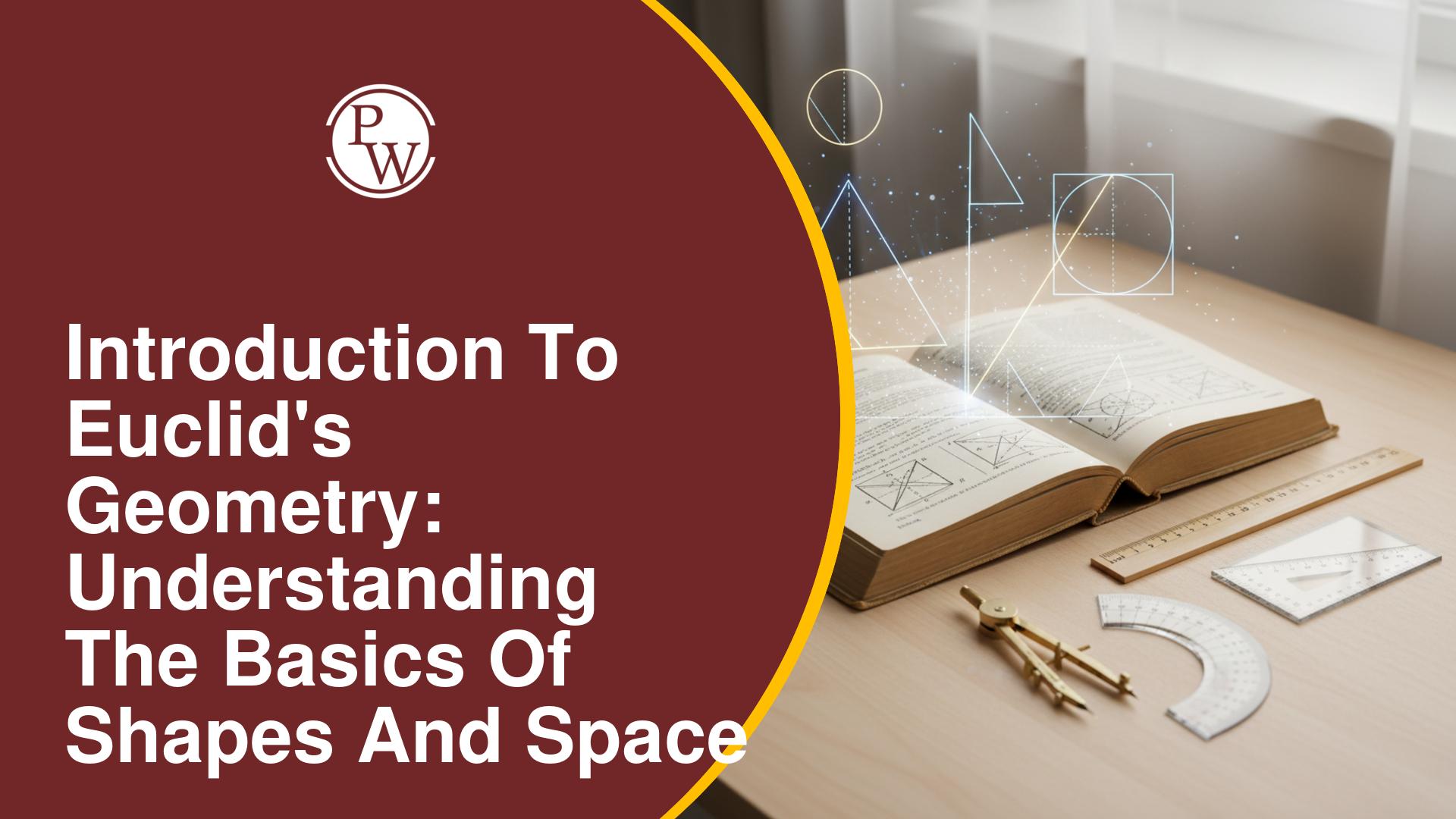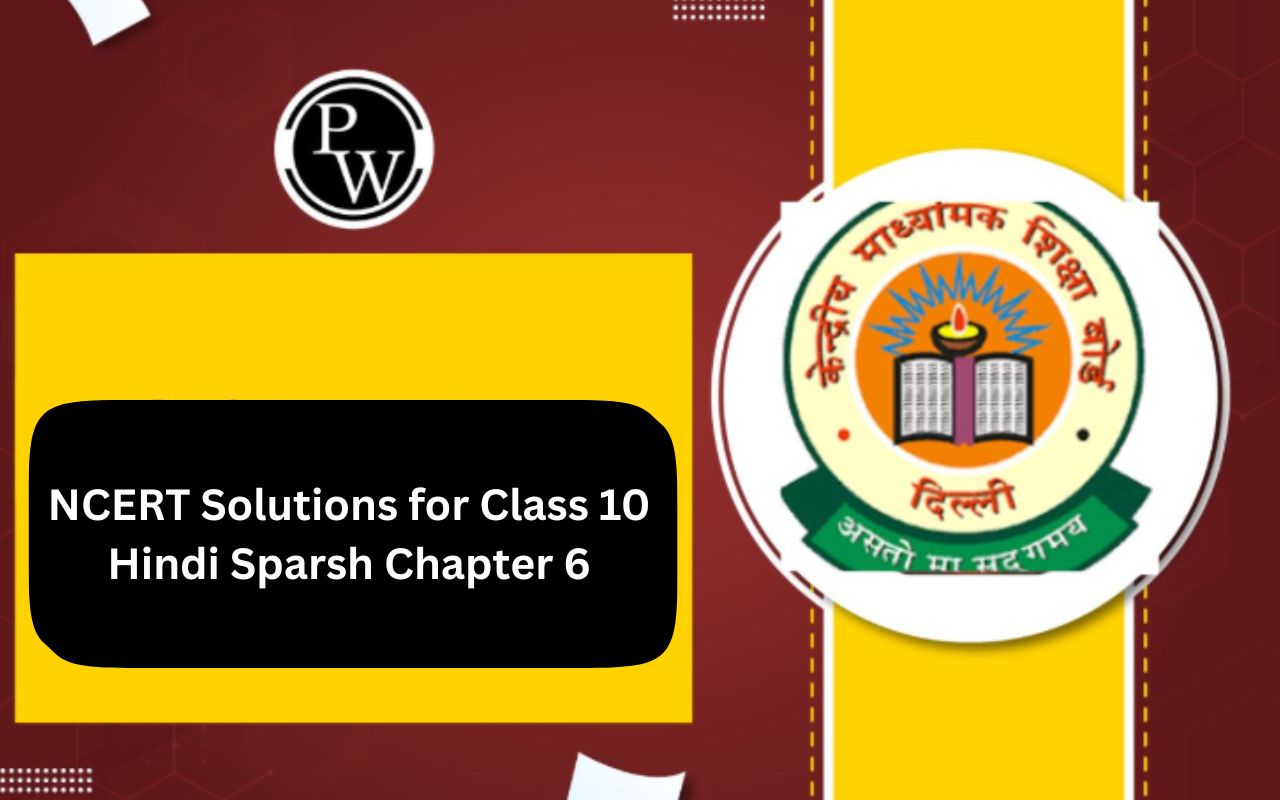
CBSE Class 10 Science Answer Key 2024: The Science Class 10 CBSE Exam is finally finished. The exam took place from 10:30 a.m. to 1:30 p.m. for three hours. It was decided that none of the questions went over the syllabus.
Sixty to seventy percent of the questions came straight out of the textbook. After the exam, students should be eager to learn how they did. Students can consult the Class 10 Science Answer Key 2024, which is detailed below by our knowledgeable faculty members. We offer authentic and comprehensive responses to every question on the Class 10 Science Examination 2024. Stay on this page and check your answers against the CBSE Class 10 Science Answer Key 2024 before browsing other websites.CBSE Class 10 Previous Year Question Papers
CBSE Class 10 Science Answer Key 2024
The error-free CBSE Class 10 Science Answer Key 2024 offered on this page was created by our knowledgeable faculty. Students can estimate their exam results by comparing their responses to every question they attempted using the CBSE Class 10 Science Answer Key 2024. It is recommended that you continue to check back with us in order to stay informed about any updates about the CBSE Class 10 Science Answer Key 2024, especially if your exam was taken on March 2, 2024. In order to debate the Science Question Paper, our in-house specialists have also shared the Class 10 Science Exam Analysis.CBSE Class 10 Science Answer Key 2024 Overview
The CBSE Class 10 Science examination takes place on March 2nd from 10:30 to 1:30. Students can review the CBSE Class 10 Science Answer key 2024 along with Paper Analysis here after the test is over. Let's quickly review the CBSE Class 10 Science Answer Key 2024.| CBSE Class 10 Science Answer Key 2024 Overview | |
|
Particulars |
Details |
| Exam Name | CBSE Class 10 Board Exam 2024 |
| Conducting Body | Central Board of Secondary Education (CBSE) |
| Official Website | cbse.nic.in |
| Subject | Science |
| Exam Date | March 2, 2024 |
| Exam Timings | 10:30 AM - 1:30 PM |
| Types of Questions | MCQs, Case Studies and Descriptive Questions |
| Total Marks | 100 = 80 (Theory Paper) + 20 (Practical Assessment) |
| Difficulty Level | Moderate |
CBSE Class 10 Science Question Paper 2024 PDF Download
An overview of their exam results and overall performance in the Class 10 Science examination is available to students who are scheduled to take the CBSE Class 10 Science exam. Students who are searching for the Class 10 Science Question Paper 2024 for the CBSE Exam can click the link below, as the exam was held successfully. The direct link to the revised Class 10 Science Question Paper 2024 PDF for CBSE has been provided here.|
CBSE Class 10 Science Question Paper 2024 PDF Download |
|
| CBSE Class 10 Science Question Paper 2024 set 1 | |
| CBSE Class 10 Science Question Paper 2024 set 2 | |
| CBSE Class 10 Science Question Paper 2024 set 3 | |
CBSE Class 10 Science Answer Key 2024 All Sets 1, 2, 3
For many students, science is one of the most challenging subjects. Students should search through the CBSE Class 10 Science paper after the exam to find the answers to all of the questions.CBSE Class 10 Important Questions 2023-24
Experts here always working to draft the CBSE Class 10 Science Answer Key 2024. You can verify all of the right answers here using the Question Paper Solution after the test.CBSE Class 10 Science Answer Key 2024 Set 1
Below we have provided CBSE Class 10 Science Answer Key 2024 for the students so that they can easily check their responses for the set 1.Section A
1. To balance the following chemical equation, the values of the coefficients x, y and z must be respectively:
(A) 4, 2, 2 (C) 2, 2, 4 (B) 4, 4, 2 (D) 2, 4, 2Answer: (C) 2, 2, 4
2. Which of the following is a redox reaction, but not a combination reaction?
(A) C+O2→ CO2 (C) 2 Mg + O2 → 2 MgO (B) 2.H2 + O2 2 H₂O (D) Fe2O3+3 CO→ 2Fe + 3 CO2CBSE Class 10 Deleted Syllabus 2023-24
Answer:
3. The salt present in tooth enamel is:
(A) Calcium phosphate (C) Sodium phosphate (B) Magnesium phosphate (D) Aluminium phosphateAnswer:
4. An aqueous solution of sodium chloride is prepared in distilled water. The pH of this solution is:
(A) 6 (C) 7 (B) 8 (D) 3Answer:
5. A metal ‘X’ is used in thermit process. When ‘X’ is heated with oxygen, it gives an oxide ‘Y’, which is amphoteric in nature. ‘X’ and ‘Y’ respectively are:
(A) Mn, MnO2 (B) Al, Al2O3 (C) Fe, Fe2O3 (D) Mg, MgOAnswer:
6. The process in which transport of soluble products of photosynthesis takes place in plants is known as:
(A) Transpiration (C) Conduction (B) Evaporation (D) TranslocationAnswer: (D) Translocation
7. The correct sequence of events when someone’s hand touches a hot object unconsciously:
(A) Receptors in skin → Motor neuron → Relay neuron → Sensory neuron Effector muscle in arm (B) Receptors in skin → Relay neuron → Sensory neuron → Motor neuron Effector muscle in arm (C) Receptors in skin → Sensory neuron → Relay neuron → Motor neuron Effector muscle in arm (D) Receptors in skin → Sensory neuron Effector muscle in arm → Motor neuron → Relay neuronAnswer: (C) Receptors in skin → Sensory neuron → Relay neuron → Motor neuron Effector muscle in arm
8. Sense organ in which olfactory receptors are present is:
(A) Nose (B) Skin (C) Tongue (D) Inner earAnswer: (A) Nose
9.The incorrect statement about placenta is:
(A) It is a disc embedded in the uterine wall. (B) It contains villi on the embryo’s side of the tissue. (C) It has a very small surface area for glucose and oxygen to from mother to the embryo. (D) The embryo gets nutrition from the mother’s blood through it.Answer: (C) It has a very small surface area for glucose and oxygen to from mother to the embryo.
10. Select from the following the conditions responsible for the rapid sp of bread mould on a slice of bread:
(i) Formation of large number of spores (ii) Presence of moisture and nutrients in bread (iv) Presence of hyphae (A) (i) and (ii) (B) (ii) and (iv) (C) (ii) and (iii) (D) (iii) and (iv)Answer: (A) (i) and (ii)
11. How will the image formed by a convex lens be affected, if the upper half of the lens is wrapped with a black paper?
(A) The size of the image formed will be one-half of the size of the image due to complete lens. (B) The image of upper half of the object will not be formed. (C) The brightness of the image will reduce. (D) The lower half of the inverted image will not be formed.Answer: (C) The brightness of the image will reduce.
For Questions number 17 to 20, two statements are given one labelled as Assertion (A) and the other labelled as Reason (R). Select the correct answer to these questions from the codes (A), (B), (C) and (D) as given below.
(A) Both Assertion (A) and Reason (R) are true and Reason (R) is the correct explanation of the Assertion (A). (B) Both Assertion (A) and Reason (R) are true, but Reason (R) is not the correct explanation of the Assertion (A). (C) Assertion (A) is true, but Reason (R) is false. (D) Assertion (A) is false, but Reason (R) is true.17. Assertion (A): Some vegetable oils are healthy.
Reason (R): Vegetable oils generally have long unsaturated carbon chains.Answer: (B) Both Assertion (A) and Reason (R) are true, but Reason (R) is not the correct explanation of the Assertion (A).
18. Assertion (A): Sex of the children will be determined by what they inherit from their mother.
Reason (R): Women have XX sex chromosomes.Answer: (D) Assertion (A) is false, but Reason (R) is true.
19. Assertion (A): Electrons move from lower potential to higher potential in a conductor.
Reason (R): A dry cell maintains electric potential difference across the ends of a conductor.Answer: (B) Both Assertion (A) and Reason (R) are true, but Reason (R) is not the correct explanation of the Assertion (A).
20. Assertion (A): Ozone layer protects the surface of the Earth from harmful UV radiations.
Reason (R): Chlorofluorocarbons (CFCs) are responsible for depletion of ozone layerAnswer: (B) Both Assertion (A) and Reason (R) are true, but Reason (R) is not the correct explanation of the Assertion (A).
CBSE Class 10 Science Answer Key 2024 Set 2
Below we have provided CBSE Class 10 Science Answer Key 2024 for the students so that they can easily check their responses for the set 2.Section A
1. Select from the following the conditions responsible for the rapid spread of bread mould on a slice of bread:
(i) Formation of large number of spores (ii) Presence of moisture and nutrients in bread (iii) Low temperature (iv) Presence of hyphae (A) (i) and (ii) (B) (ii) and (iv) (C) (ii) and (iii) (D) (iii) and (iv)Answer: (A) (i) and (ii)
2. The incorrect statement about placenta is:
(A) It is a disc embedded in the uterine wall. (B) It contains villi on the embryo’s side of the tissue. (C) It has a very small surface area for glucose and oxygen to pass from mother to the embryo. (D) The embryo gets nutrition from the mother’s blood through it.Answer: (C) It has a very small surface area for glucose and oxygen to pass from mother to the embryo.
3. An aqueous solution ‘A’ turns phenolphthalein solution pink. When another aqueous solution ‘B’ is added to the pink solution, the pink colour disappears. Now when a few drops of solution ‘A’ are added to this reaction, the mixture appears pink again. The respective changes in the nature of the solution are from:
(A) acidic basic → basic (B) basic acidic acidic (C) acidic basic acidic (D) basic acidic basicAnswer: (D) basic acidic basic
6. Which of the following is a redox reaction, but not a combination reaction?
(A) C+O2→ CO2 + (B) 2H2+O2→2H₂OX (C) 2 Mg + O2 → 2 MgO (D) Fe2O3+3CO → 2Fe + 3 CO2Answer: Option D
7. An aqueous solution of sodium chloride is prepared in distilled water. The pH of this solution is:
(A) 6 (C) 7 (B) 8 (D) 3Answer: Option (C) 7
11. Which one of the following is not a natural ecosystem?
(A) Pond ecosystem (B) Grassland ecosystem (C) Forest ecosystem (D) Cropland ecosystemAnswer: (D) Cropland ecosystem
13. How will the image formed by a convex lens be affected, if the upper half of the lens is wrapped with a black paper?
(A) The size of the image formed will be one-half of the size of the image due to complete lens. (B) The image of upper half of the object will not be formed. (C) The brightness of the image will reduce. (D) The lower half of the inverted image will not be formedAnswer:(C) The brightness of the image will reduce.
14, The phenomena of light involved in the formation of rainbow are:
(A) Refraction, reflection and dispersion B) Refraction, dispersion and internal reflection (C) Reflection, dispersion and internal reflection D) Refraction, dispersion, scattering and total internal reflectionAnswer: (C) Reflection, dispersion and internal reflection
15. The colour of light for which the refractive index of glass is minimum, is:
(A) Red (C) Green (B) Yellow (D) VioletAnswer:(A) Red
16. The current carrying device which produces a magnetic field similar to that of a bar magnet is:
(A) A straight conductor (C) A solenoid (B) A circular loop (D) A circular coilAnswer:(C) A solenoid
CBSE Class 10 Science Answer Key 2024 Set 3
Below we have provided CBSE Class 10 Science Answer Key 2024 for the students so that they can easily check their responses for the set 3.Section A
2. The incorrect statement about placenta is:
(A) It is a disc embedded in the uterine wall. (B) It contains villi on the embryo’s side of the tissue. (C) It has a very small surface area for glucose and oxygen to pass from mother to the embryo. (D) The embryo gets nutrition from the mother’s blood through it.Answer:(C) It has a very small surface area for glucose and oxygen to pass from mother to the embryo.
3. An aqueous solution ‘A’ turns phenolphthalein solution pink. When
another aqueous solution ‘B’ is added to the pink solution, the pink colour disappears. Now when a few drops of solution ‘A’ are added to this reaction, the mixture appears pink again. The respective changes in the nature of the solution are from: (A) acidic basic → basic (B) basic acidic → acidic (C) acidic basic acidic (D) basic acidic → basicAnswer: (D) basic → acidic → basic
4. The correct sequence of events when someone’s hand touches a hot object unconsciously:
(A) Receptors in skin Motor neuron Relay neuron → Sensory neuron Effector muscle in arm (B) Receptors in skin Relay neuron Sensory neuron → Motor neuron Effector muscle in arm (C) Receptors in skin Sensory neuron Relay neuron→ Motor neuron Effector muscle in arm (D) Receptors in skin Motor neuron Sensory neuron Effector muscle in arm →Relay neuronAnswer: (C) Receptors in skin Sensory neuron Relay neuron→ Motor neuron Effector muscle in arm
9. The process in which transport of soluble products of photosynthesis takes place in plants is known as:
(A) Transpiration (B) Evaporation (C) Conduction (D) TranslocationAnswer: (D) Translocation
10. Sense organ in which olfactory receptors are present is:
(A) Nose (B) Skin (C) Tongue (D) InnerAnswer: (A) Nose
15. The colour of light for which the refractive index of glass is minimum, is:
(A) Red (B) Yellow (C) Green (D) VioletAnswer:(A) Red
16. The current carrying device which produces a magnetic field similar to that of a bar magnet is:
(A) A straight conductor (B) A circular loop (D) A circular coil (C) A solenoidAnswer:(C) A solenoid
17. Assertion (A): Electrons move from lower potential to higher potential in a conductor.
Reason (R): A dry cell maintains electric potential difference across the ends of a conductor.Answer:(B)
18. Assertion (A): Some vegetable oils are healthy.
Reason (R): Vegetable oils generally have long unsaturated carbon chains.Answer: (B)
19. Assertion (A): Sex of the children will be determined by what they inherit from their mother.
Reason (R): Women have XX sex chromosomes.Answer: (D)
20. Assertion (A): Green plants trap only 1% of the energy of sunlight that falls on their leaves.
Reason (R): All green plants are the producers in a food chain.Answer:(A)
Class 10 Science Paper 2024 Marking Scheme
There are five categories in the Class 10 Science Paper 2024, with a maximum score of 80. View the Class 10 Science Question Paper 2024 mark distribution below.- There are twenty objective-style questions in Section A, each worth one mark.
- Six Very Short questions totaling 02 marks each make up Section B. These questions should have responses that are between thirty and fifty words long.
- Seven questions in Section C are of the Short Answer variety and are worth three marks apiece. These questions should have responses that are between 50 and 80 words long.
- Three Long Answer-style questions totaling five marks each make up Section D. These questions should have answers between 80 and 120 words.
- Section E comprises three 04-mark source-based/case-based assessment units, each with sub-parts.
| CBSE Class 12 English Answer Key 2024 Set 1 |
| CBSE Class 12 English Answer Key 2024 Set 2 |
| CBSE Class 12 English Answer Key 2024 Set 3 |
CBSE Class 10 Science Answer Key 2024 FAQs
How was CBSE Science Paper 2024?
Where is the CBSE official answer key?
Is board removed from 10th in 2025?










